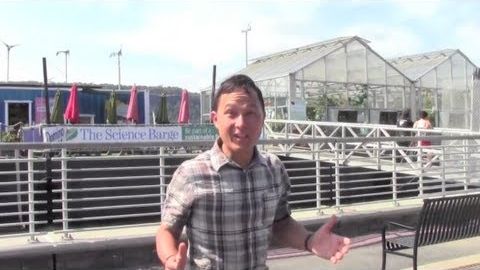
Subtitles & vocabulary
Aquaponics System Grows Food on Boat Using Rainwater & Solar Power
00
lin.12345678 posted on 2015/12/22Save
Video vocabulary
to
US /tu,tə/
・
UK /tə/
- Adverb
- Toward a point, person, place or thing
- Into a state of consciousness or awareness
- Preposition
- Showing that one thing is attached to another
- (Indicates a comparison between two people/things)
A1
More go
US /ɡo/
・
UK /ɡəʊ/
- Verb (Transitive/Intransitive)
- To attend or be at a place
- To do an activity
- Countable Noun
- A turn in a game
A1
More wanna
US /ˈwɑnə/
・
UK /'wɒnə/
- Verb (Transitive/Intransitive)
- Shortened form of 'want to'. Used only in speaking
B2
More show
US /ʃo/
・
UK /ʃəʊ/
- Verb (Transitive/Intransitive)
- To be easily seen or displayed
- To display your emotions or feelings
- Noun
- False display of love, emotion or action
- An event for displaying or promoting goods
A1
More Use Energy
Unlock All Vocabulary
Unlock pronunciation, explanations, and filters
